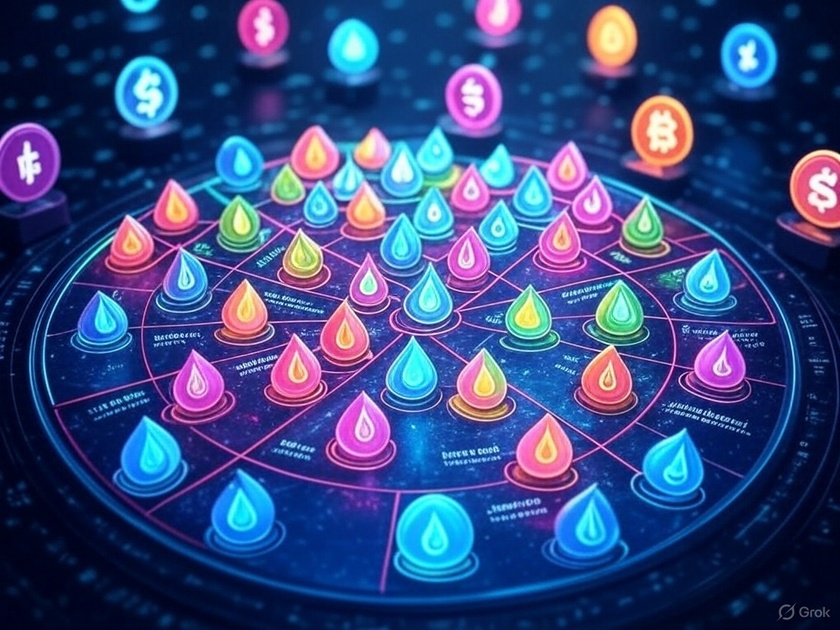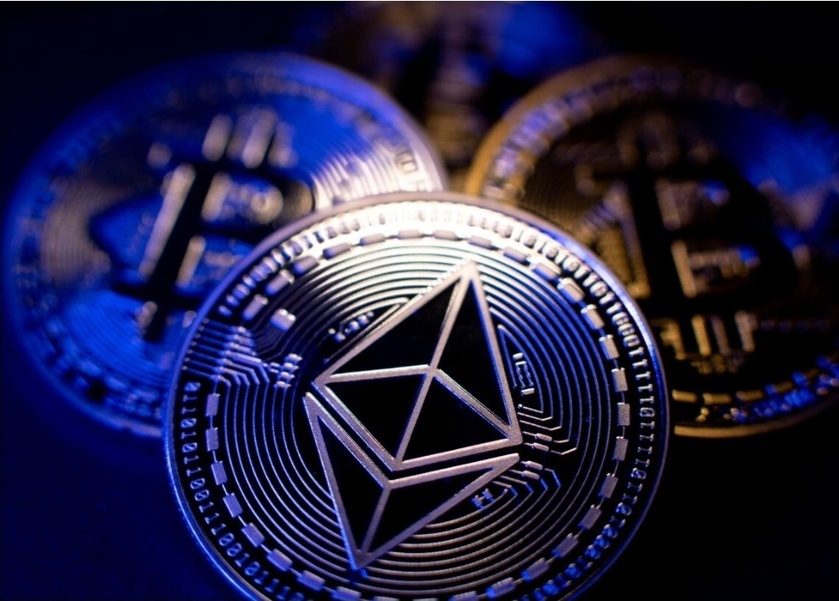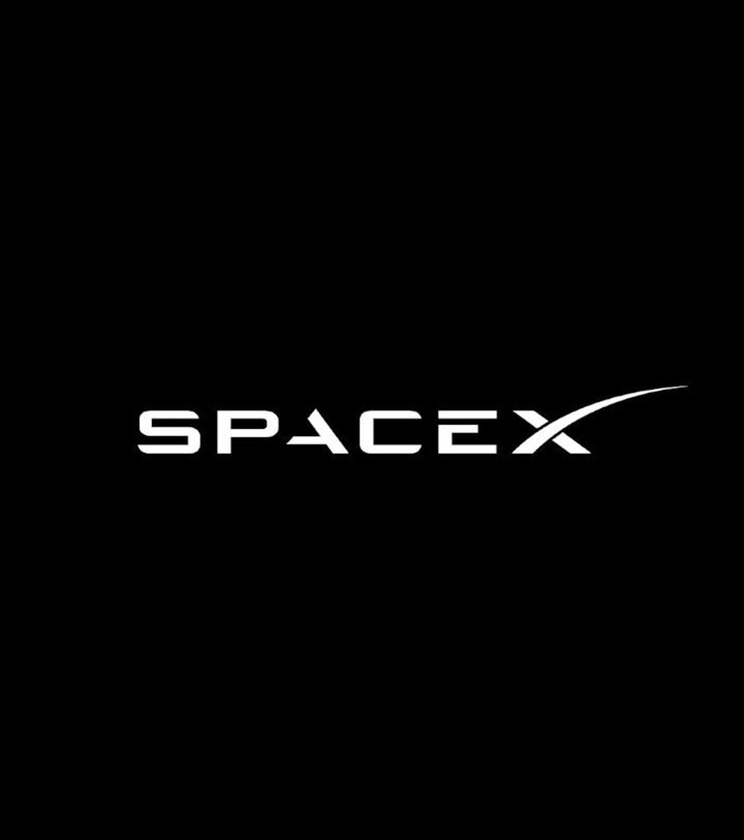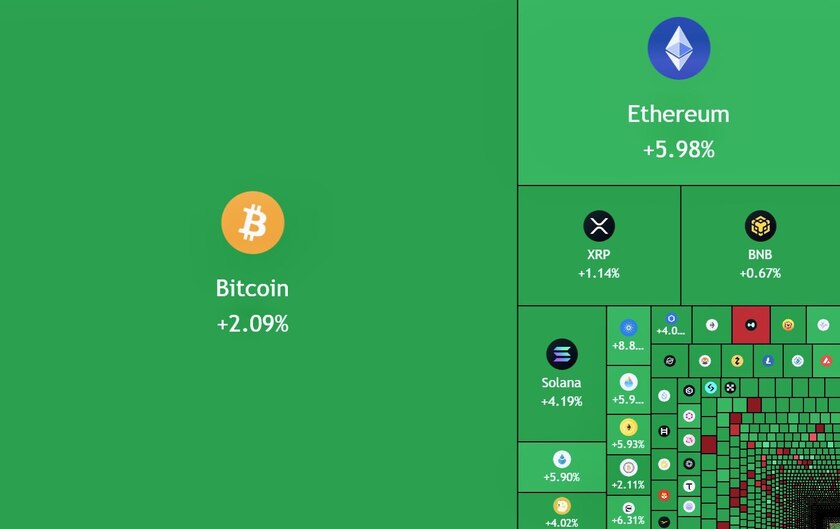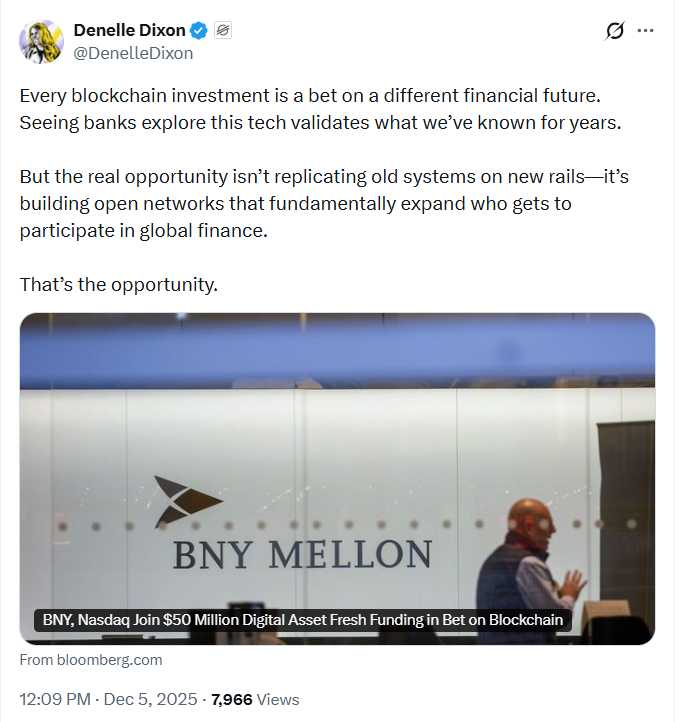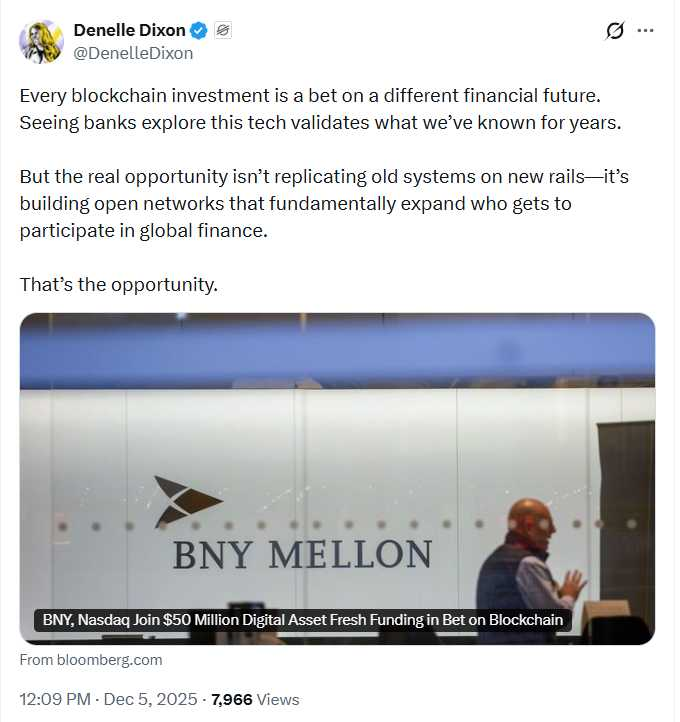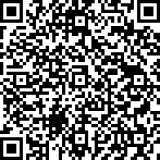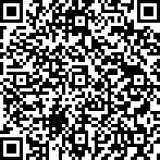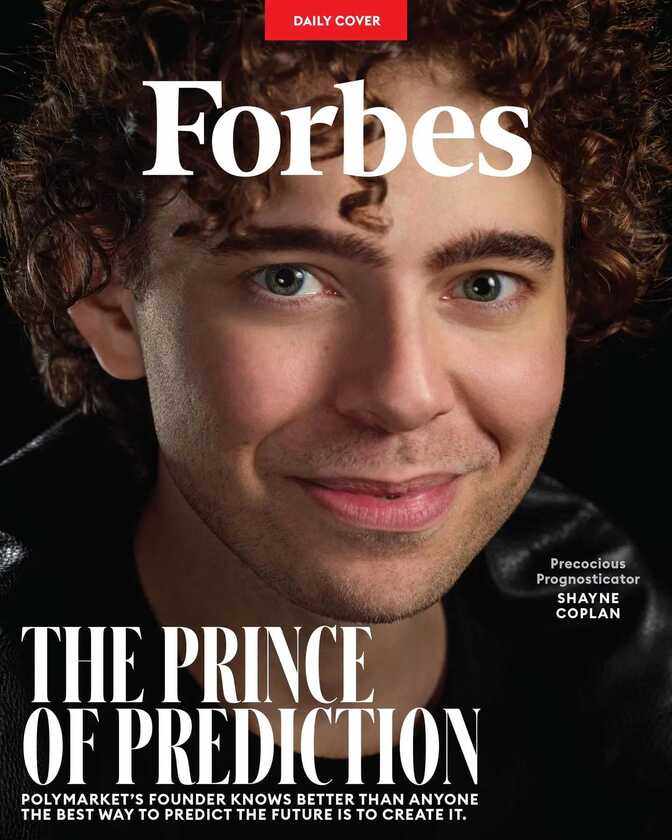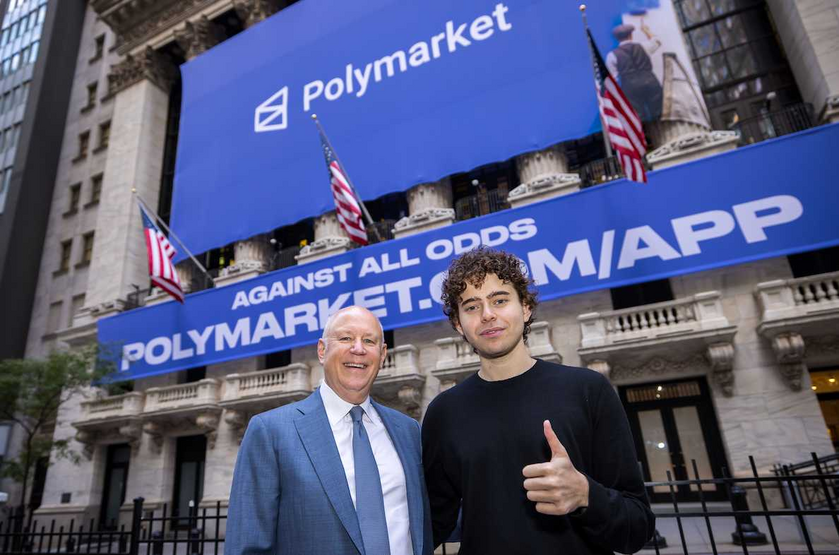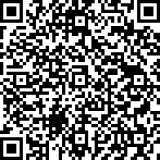Interested in receiving some free crypto in your wallet? As part of their token launch, some cryptocurrency projects send free tokens to their communities to drive adoption, an activity commonly known as “airdrops.” But what are airdrops, and how do you qualify for these free tokens? Read on!
What Are Crypto Airdrops?
Cryptocurrency projects are big on incentivization as a way to drive interest towards their brand and the product itself, and airdrops are designed to introduce users to the project and reward them in the process as a dual marketing and reward system. As you'll see in the list below, one of the most common ways to improve your eligibility for new airdrops is to use the testnet or interact with the protocol.
Early airdrop programs were basically structured to introduce a new or existing project to the cryptocurrency community by rewarding new users who perform simple social tasks. On completion, the participants receive a certain number of token rewards. Currently, airdrop programs are adopting a point system, where the points users earn are converted to a share of the airdropped tokens. Users can usually earn these points by taking part in the project’s testnet, providing liquidity, and engaging in social tasks.
Over the past years, airdrops have changed as the goal has shifted towards rewarding early adopters and significant contributors. After Uniswap’s high profile airdrop in 2020, where $6.43 billion worth of UNI was distributed (valued at its ATH token price of $42.88), every year has recorded significant airdrops:
On 25th December 2021, OpenDAO airdropped a major portion of its SOS token to NFT traders on OpenSea.
Some of the most popular airdrops of 2022 were BAYC’s Apecoin airdrop to its NFT art holders, Ethereum Layer 2 network Optimism’s airdrop of its OP token, and Aptos’s airdrop to its early adopters.
In 2023, we've already seen the Arbitrum airdrop, with over 42 million ARB claimed in the first hour. Other high profile airdrops in 2023 include Celestia's TIA and Blur.
According to the CoinGecko 2024 annual report, there were 36 notable airdrops including Ethena, PENGU, Hyperliquid and MagicEden which added over $20 billion to the overall crypto market cap in 2024.
With the year 2025 already upon us, let’s take a look at some likely airdrops that might be happening soon, and how you can qualify for these upcoming crypto airdrops.
Do note that unless specified otherwise, these potential airdrops are highly speculative and a feature in this list is no guarantee that an actual airdrop will happen in the future.
Meteora: Jupiter Owned Liquidity Market Maker
Meteora is a liquidity market maker on Solana, specializing in easy and quick creation of liquidity pools through its innovative Dynamic Liquidity Market Maker (DLMM) model. At the time of writing, Meteora currently holds over $1.6 billion in TVL, making it the 8th largest DeFi protocol in Solana.
Why an Airdrop Is Likely
The Meteora team has confirmed that a MET token will be launched in the future. Ongoing forum discussions hint that points will be allocated based on how much fees a user generates through liquidity provision, as well as how much TVL he has contributed.
Improving Airdrop Eligibility
Users can improve their airdrop eligibility by consistently providing liquidity and generating fees. An efficient way to do this is to use volatile asset pairs such as memecoin liquidity providing as they generate more fees, however the risk for impermanent loss for this strategy is high.
Hyperliquid: World’s Largest Perpetuals Decentralized Exchange
Hyperliquid is a high performance Layer 1 dedicated to being a low slippage and extremely fast decentralized crypto trading platform. Hyperliquid prides itself as a DeFi (decentralized finance) platform with a CeFi-like (centralized finance) experience. Hyperliquid is well loved by the community and its users for being a reliable trading hub for all things crypto.
Why an Airdrop Is Likely
Hyperliquid’s first airdrop is phenomenally successful, being the largest ever in history (by market capitalization). HYPE’s tokenomics reveal that a further 38.88% of the HYPE token supply is allocated for “future emissions”, hinting that another airdrop season is in the works.
Improving Airdrop Eligibility
Users can improve airdrop eligibility by continuing to trade (with leverage) on the Hyperliquid platform as well as use its multitude of features such as staking, liquidity provision, and copytrading.
Kaito: AI-Powered Search Engine
Kaito.ai is an AI-driven platform commonly used by crypto industry leaders to aggregate terabytes of on-chain data into actionable insights. Kaito recently introduced an AI-powered search engine where users can earn Yap points by sharing valuable information on Crypto Twitter and tagging Kaito.
Why an Airdrop Is Likely
Kaito released its Yap-to-Earn points programme, rewarding users with points for sharing crypto related information on X. The points – as well as wallet connection when creating a Kaito Yaps account – strongly hints that a Kaito token airdrop may be in the works.
Improving Airdrop Eligibility
Users can improve airdrop eligibility by continuously “Yapping” on X, and getting high engagement on said X posts. Further improve your odds by referring others and getting them to “Yap” with you.
Berachain: EVM-Identical Layer 1 Utilizing Proof-of-Liquidity
Berachain is an EVM-Identical Layer 1 blockchain built on the Beaconkit framework – a Cosmos SDK-based framework that enables developers to build execution layers tailored for the Ethereum Virtual Machine. This means its execution layer is identical to the EVM, allowing developers to directly deploy their Ethereum-based apps onto Berachain, while allowing Berachain to adopt the latest version of the EVM whenever it is forked or updated, without required any modifications.
Berachain runs on the Proof-of-Liquidity (PoL) consensus mechanism that builds on Proof-of-Stake by introducing a soulbound governance token that determines the rewards for stakers. This separates token responsibilities by separating gas tokens from tokens used to govern chain rewards for security. In PoL users who wish to contribute to the consensus layer are required to provide liquidity by committing the native BERA coin or any other token accepted on the rewards vault and receiving BGT (BeraChain Governance token) which is then delegated to a validator.
Bera Chain has raised over $140 million through multiple funding events to develop the network.
Why an Airdrop Is Likely
The BERA token is confirmed and BeraChain is running a public testnet program. While a community airdrop is yet to be announced at the time of writing, participants in the testnet program and other promotional programs expect the project to reward early contributors via a token airdrop, as seen in previous airdrops from other protocols that have run similar programs.
Improving Your Airdrop Eligibility
Participating in the testnet program and other social media promotional programs are some of the best ways to improve your chances of benefiting from a potential BERA airdrop. Follow this guide to learn more.
Corn: Bitcoin Powered Ethereum Layer 2
Corn is a new Ethereum Layer 2 network that is working to integrate Bitcoin into the Ethereum ecosystem, with plans of using Bitcoin as the gas token.
Why an Airdrop Is Likely
Corn currently runs an airdrop points campaign where points, known as “Kernels” can be earned. The CORN token is confirmed to be released in the future, likely through a token airdrop.
Improving Airdrop Eligibility
Users can improve their eligibility by earning “Kernels” through bridging funds into its Layer 2 network. Additionally, users can also complete Corn Galxe Quests, with activities such as following Corn’s X account and reposting some of their Tweets. Historically, some crypto projects have rewarded users for completion of their project’s Galxe quests.
Pump.fun: The World’s Most Successful Memecoin Generator
Pump.fun is currently the leader in crypto launchpads for memecoins, operating on the Solana network. Pump.fun is a platform that simplifies the token creation process, abstracting away all technical complexities allowing everyday users to create their own memecoins for as low as $2.
Since its inception in early 2024, Pump.fun has generated over $170 million in revenue with almost 3 million tokens launched via the platform. This means that an airdrop from the platform could potentially be highly lucrative given the platform’s current success.
Why An Airdrop Is Likely
The Pump.fun team teased launching their own token during a Twitter Spaces on 19 October 2024. One of the team members said “We're going to make sure we're going to reward our earliest users", making it likely the project will launch their token via an airdrop.
Improving Airdrop Eligibility
While there are currently no points programme available, it is presumed that active use of the platform will improve one’s airdrop eligibility. To improve your eligibility, you could consider creating your own memecoins and trading memecoins through the platform.
Initia: A Network for Interwoven Rollups
Initia is a Cosmos-based network focused on interoperability, creating interconnected blockchains through its infrastructure that combines Layer 1 and Layer 2 technology. On Initia, different Layer 2 networks and appchains (Minitias) can operate without requiring native consensus mechanisms. Through Initia’s Enshrined Liquidity mechanism, multiple tokens can be staked directly with validators to gain voting power through a Delegated Proof-of-Stake mechanism. This will allow for efficient allocation of assets, while allowing other tokens within whitelisted liquidity pools to be utilized for gas payments.
Initia also simplifies the process of creating a new appchain, by combining its tech stack with offering features such as native stablecoins and multi-chain bridging, while using the Initia Layer 1 for security and data settlement.
Rollups on the Initia network are known as Minitia and the interoperability infrastructure is termed Omnitia. Thanks to Omnitia, validators can validate a basket of Minitia, securing multiple networks and earning rewards from each network. According to Initia, Minitias are high-throughput L2 networks with a block time of 500ms and transaction speed of over 10,000 TPs.
Initia Network reportedly raised $7.5 million in its seed round fundraiser program backed by Binance Labs and Co-led by Delphi Ventures and Hack VC with participation from Nascent, Figment Capital, Big Brain, A.Capital, and various angel investors
Why an Airdrop Is Likely
Initia has confirmed a token launch, although there is no official announcement regarding a token airdrop. However, the launch of an XP program suggests that there is the possibility of a future airdrop.
Improving Your Airdrop Eligibility
To improve your airdrop eligibility, you can complete tasks including getting testnet tokens, buying an Initia username, swapping tokens, staking INIT with validators and more. Completing these tasks will let you create a Jennie, which is an NFT. After completing the Jennie, you will have to continue earning XP by interacting with the Minitia and completing weekly bonus tasks in order to feed your Jennie.
Eclipse: Layer 2 on Ethereum Leveraging the Solana Virtual Machine (SVM)
Eclipse is an EVM-compatible zero knowledge Layer 2 that is built using the Solana Virtual Machine (SVM). The project aims to fuse the speed and performance of the SVM – leveraging features like parallelization – while settling transactions on the Ethereum network. This creates an extremely fast rollup while maintaining Ethereum-level security and decentralization, while utilizing Celestia for data availability. As a
Moreover, by utilizing the SVM, developers can now deploy Solana apps on Eclipse with minimal changes. The project also recently unveiled Neon Stack, a technology suite that will make the Ethereum Virtual Machine (EVM) and SVM interoperable.
Why an Airdrop Is Likely
Eclipse is currently running a testnet program, and while it is not certain that participation in the testnet will result in an airdrop, there is a good chance of early adopters receiving an airdrop, as many past projects have rewarded testnet users for their contributions to the final product.
Improving Your Airdrop Eligibility
To improve your eligibility for the potential airdrop, you can start by getting involved in the project. On Eclipse, you can do so by installing the Eclipse wallet and interacting with dApps on the testnet. As Eclipse is still in the testnet stage, you will need to acquire Sepolia ETH to engage in testnet activities.
Zora: Creator-Focused Protocol With a Layer 2 to Bring Media Onchain
Zora is a creator-centric decentralized NFT platform that enables creators to capture a share of the resale value of their work. On Zora, creators and collectors come together to determine the value of an NFT through auctions, fostering a decentralized market dynamic. According to the project, over 4 million NFTs have minted, with $300 million generated in secondary sales, since its launch in 2021 on Ethereum.
In addition, there is also the Zora Network which was created to bring scalability, speed, and cost efficiency to the Zora marketplace, simplifying NFT creation and minting operations via its SDK. The Zora Network, an EVM-compatible Layer 2 blockchain solution built using the OP Stack and designed to support media on the blockchain, was launched in June 2023. While the Zora Network is designed to complement the Zora marketplace by facilitating the minting, pricing, and trading of NFTs, it also functions as a standalone Layer 2 blockchain on Ethereum.
Why an Airdrop Is Likely
There is the possibility for a ZORA token, as it has raised $60 million in funding from investors including Paradigm and Coinbase Ventures.
Improving Your Airdrop Eligibility
To improve your eligibility for a potential Zora airdrop, you can interact with Zora and Zora Network by buying, listing, minting, and selling NFTs. Also, given Zora’s creator focus, creating an NFT and getting as many mints as possible may also determine the size of a potential airdrop.
Farcaster: Decentralized Web3 Social Protocol on Optimism
Farcaster described itself as a ‘sufficiently decentralized’ social media protocol built on the Optimism network. It is developed to serve as a base layer for a range of social media applications. The most popular application on Farcaster is Warpcast, which takes inspiration from Twitter (X), where users can share short posts (or casts) and follow personalities and join interest-based channels. Warpcast features Farcaster protocol innovations like Frames – a feature that allows users to access another app from within their social feed, improving the user experience.
Farcaster has raised about $180 million across two funding rounds, with investors including Paradigm, Andreessen Horowitz (a16z), Coinbase Ventures, and more.
Why an Airdrop Is Likely
Farcaster is expected to follow in the steps of a fellow decentralized social media project – friend.tech. Both projects are funded by Paradigm, which has a record of investing in projects that issue tokens. Moreover, with significant potential as seen in its $1 billion valuation and substantial funding, it is possible that the project will eventually offer an airdrop to reward its users.
Improving Your Airdrop Eligibility
As in the case of friend.tech, user interactions and activity on Warpcast is likely to be a determining factor for the airdrop. Earning a Powerbadge (a small purple badge next to your name) could also improve your chances of scoring a potential Farcaster airdrop, as it will prove that you are a power user of Warpcast.
Final Thoughts
We’ve gone through some likely drops for 2025, however, this list is non-exhaustive and there are no guarantees that the drops listed here will eventually happen. That said, there are recurring trends in what you can do to improve your eligibility, such as staying active in the space and interacting with the project. To discover new potential airdrops, check out our airdrop guides.
Finally, this content is provided for educational purposes and should not be taken as financial advice. Always do your own research before choosing to interact with any protocols or decentralized applications.

🙏Please Support My Work 🙏
If you find value in my content, consider showing your support, it is greatly appreciated:
💳 PayPal:
1) Simply scan the QR code 📲
2) https://www.paypal.me/thedinarian
🔗 Crypto – Support via Coinbase Wallet to: [email protected]


